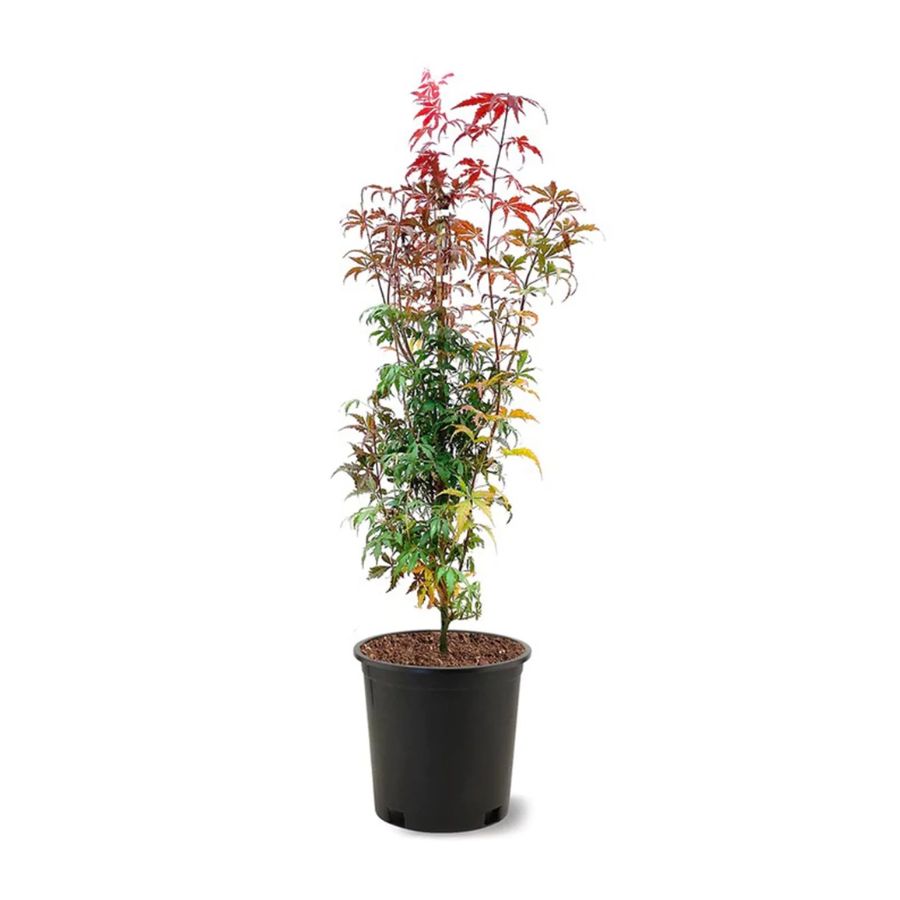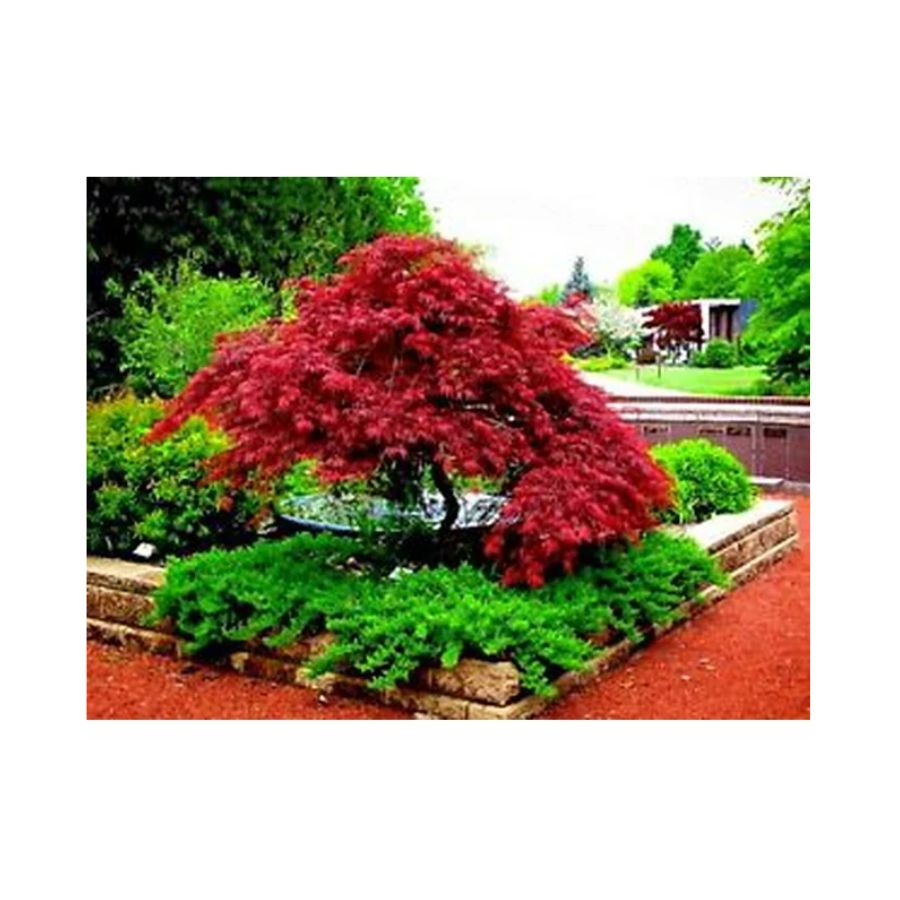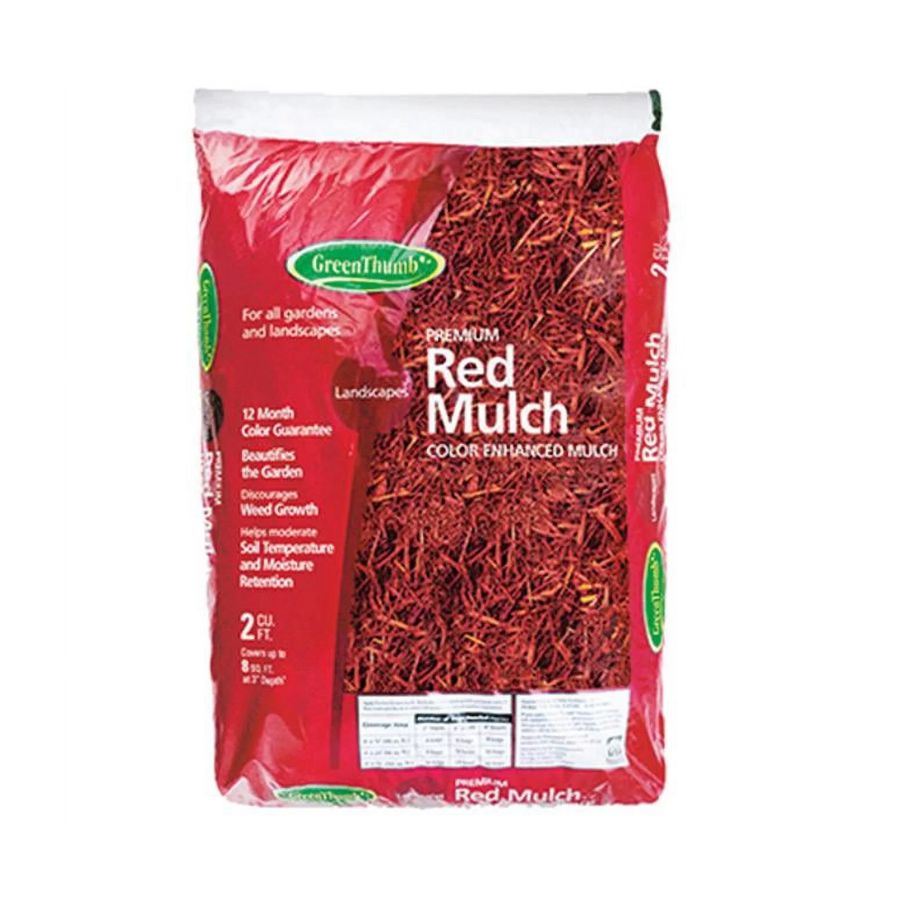Gardeners say this tree is perfect for fall foliage, and now is the time to plant one - Here are 4 tips on where it should go
This tree is a fall favorite, and it makes quite the garden spectacle
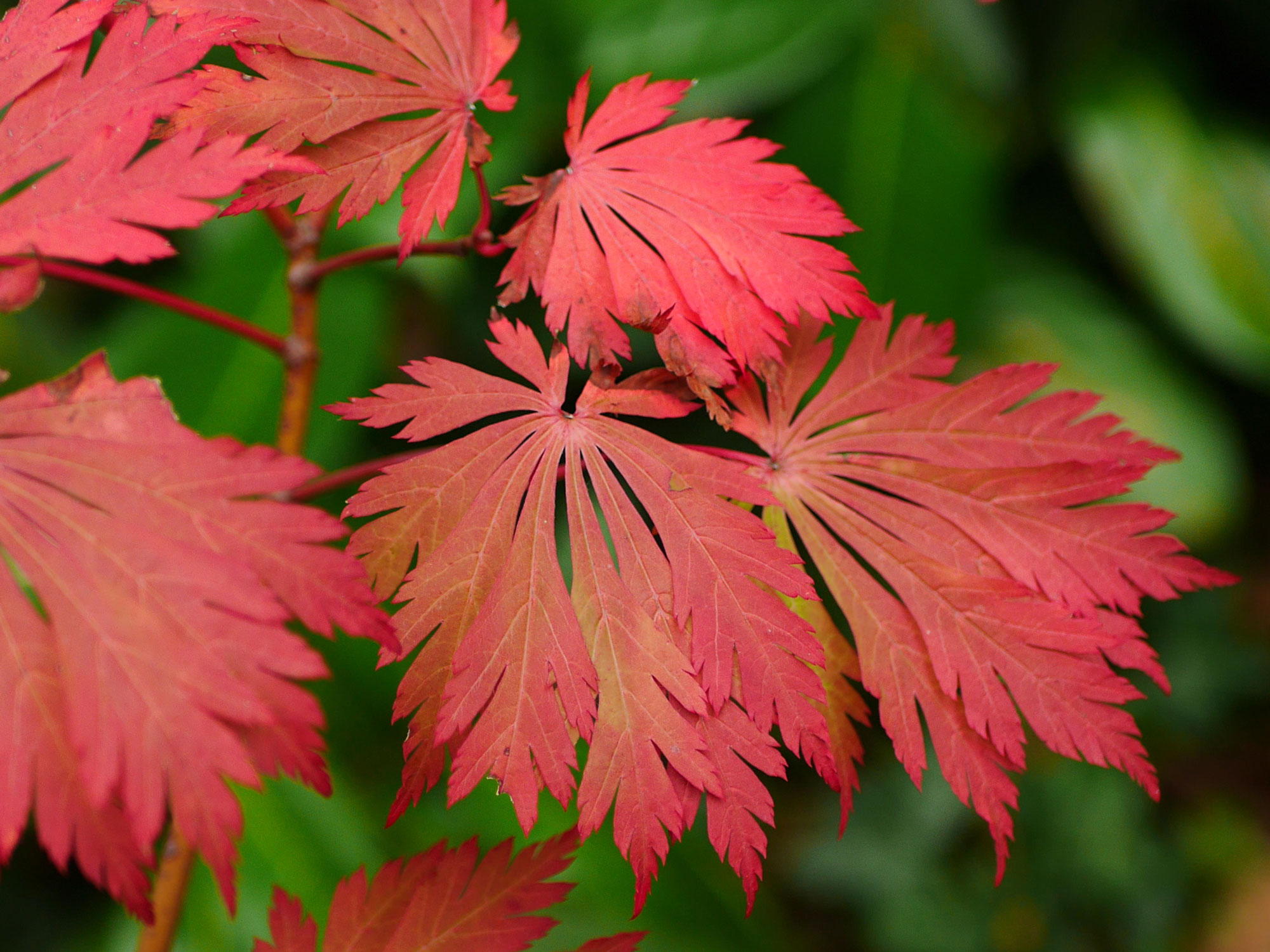
This time of year, Japanese Maple trees have a beautiful display of red leaves that make any backyard stand out. You’ll know them when you see them - they’re quite a small species of tree with crinkled leaves ranging in color from green to orange and red, meaning they make a striking focal point in any outdoor space.
We heavily associate this tree with fall due to its recognizable red leaves during the season, but as it turns out, now is also the perfect time to plant them. According to gardeners, the cooler temperatures and ample rainfall during fall will help promote root development. Don’t wait too long though. You should get the tree planted before very low temperatures hit so it has time to establish its root system before facing extreme conditions.
Japanese Maples are very versatile trees, and while it's a great feature to introduce to your modern garden, it’s important to know the best location for them before you start planting. You’ll need the right soil, optimal natural light, space, and protection from the natural elements. Here, expert gardeners share four tips on where to plant one to help it thrive.
1. Consider partially shaded areas
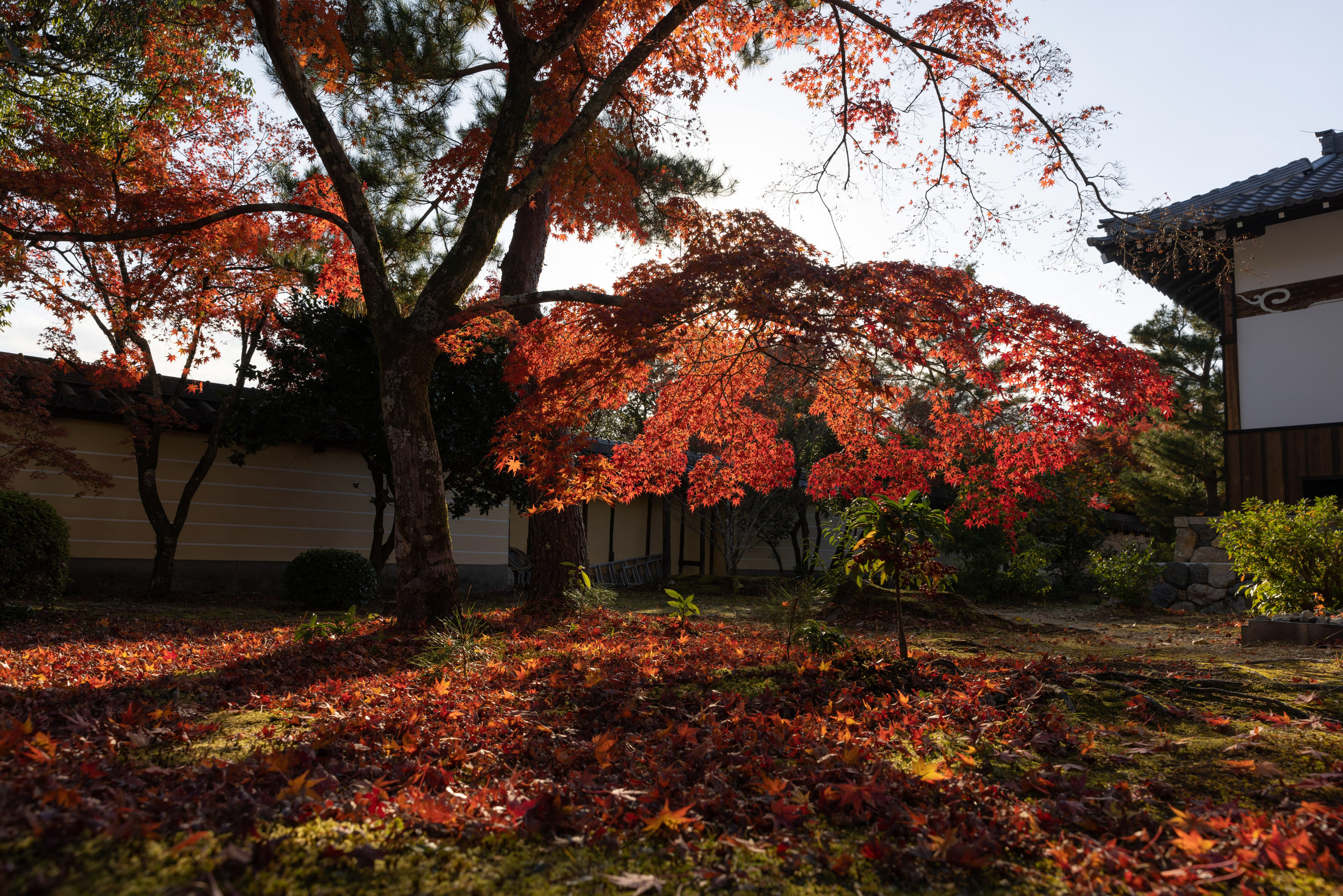
The Japanese maple is one of the best maple trees for fall color. When planting one, it's important to remember that it thrives in areas that receive partial shade. ‘They can tolerate morning sun, but harsh afternoon sun can scorch their delicate leaves, especially in hotter climates,’ explains Gene Caballero, garden expert at Your Green Pal. Think about the east-facing areas of your garden where the sun rises, to get that morning light.
This means the Japanese maple is perfectly suited to shady gardens, so it's a great choice of tree if you lack a lot of sun. While they can tolerate full sun in cooler climates, providing some protection from intense sunlight is generally recommended to prevent leaf scorch,’ adds Zahid Adnan, garden expert at The Plant Bible.
2. Plant in well-draining and slightly acidic soil
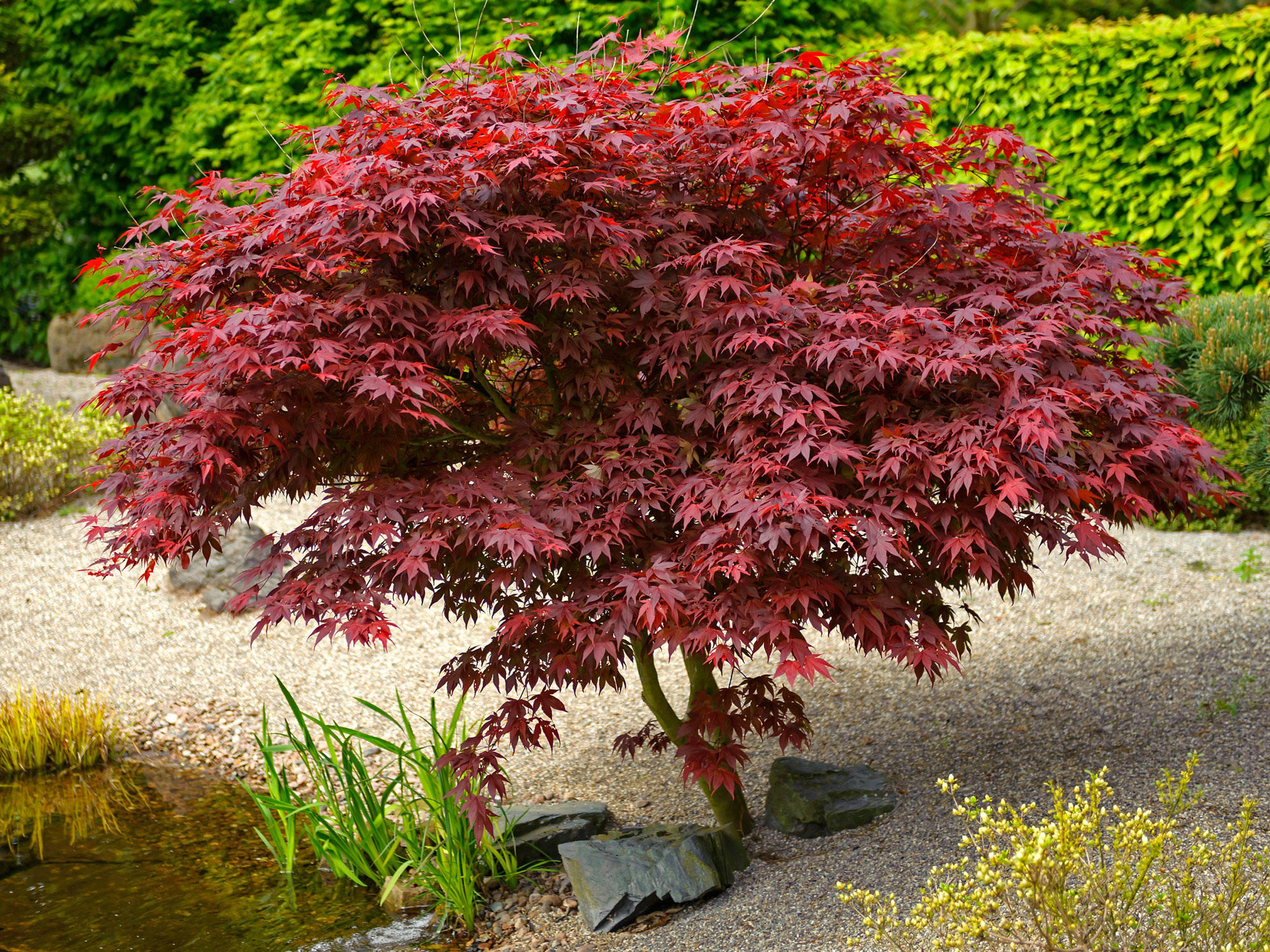
This tree won’t do well in overly wet conditions and prefers well-draining soil instead. ‘If your garden tends to retain water, consider planting the tree in a raised bed or using a well-draining soil mix,’ advises Gene.
‘Ensure the soil is well-draining and rich in organic matter,' adds Zahid. 'Amending the soil with compost before planting can be beneficial.' He goes on to explain that while Japanese maples are not heavy feeders, applying a balanced, slow-release fertilizer in spring can also promote healthy growth. 'Avoid excessive nitrogen, as it can lead to weak, leggy growth,' he adds.
The Livingetc newsletters are your inside source for what’s shaping interiors now - and what’s next. Discover trend forecasts, smart style ideas, and curated shopping inspiration that brings design to life. Subscribe today and stay ahead of the curve.
Both experts also state the importance of slightly acidic soil. ‘If your soil is alkaline, you may need to amend it or choose a different location,’ says Gene.
3. Ensure you tree has protection from elements

This a beautiful tree to plant near a house. Because it's quite delicate, when choosing the planting location for a Japanese Maple you should make sure it’s sheltered as best possible from the natural elements, and the wall of a house or outbuilding can help offer this. ‘A location that offers some protection from strong winds is ideal as the leaves are quite delicate and can be damaged by harsh winds,’ warns Gene.
Protection from the cold is also important. Normally a Japanese maple can handle cold down to -15° F but they will need extra protection, especially when young. Water it well in the fall, and in winter cover it with burlap if the area it’s planted in is exposed. The best way to do this is to plant three to four wooden or metal stakes around the tree and wrap the burlap around them. Adding a layer of mulching around the base of the tree will also be beneficial as it will help protect the roots against frost.
4. Allow enough spacing around it
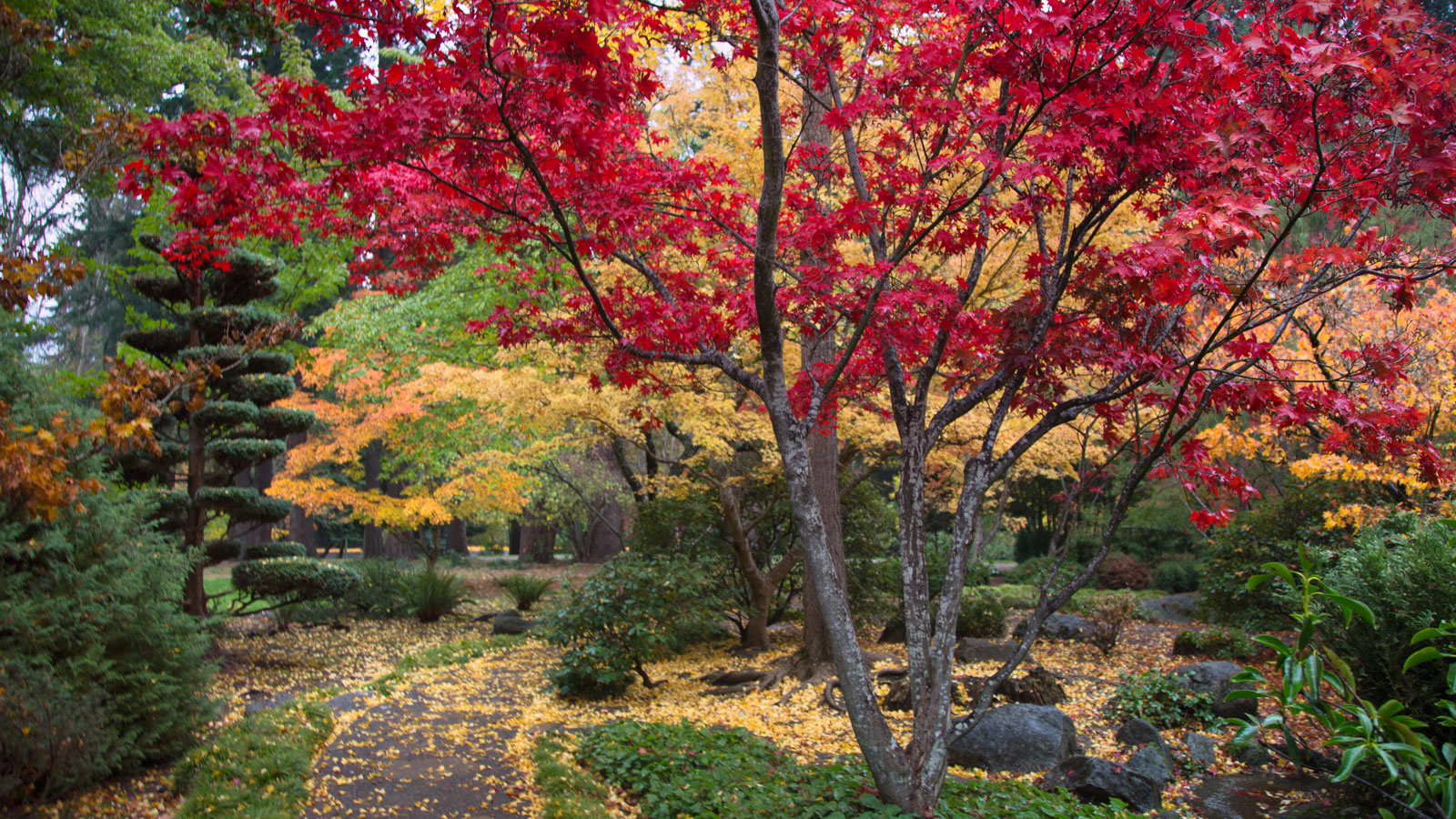
When picking a planting spot for your Japanese Maple, it’s advised your ensure there’s enough space around it. This is in order to allow the tree to develop in its full glory, as even though it's slow growing, it can become quite big depending on the variety.
This beautiful tree is worth showcasing, so you should also avoid planting it in a busy area where its impact can be lost among other plants. Go for a spot where you can see it and enjoy it. Zahid adds that providing adequate spacing between trees allows for good air circulation, which helps prevent diseases. You can make use of the extra space around it by surrounding it with companion plants. ‘Japanese maples pair beautifully with understory plants like ferns or shade-loving perennials,’ advises Gene.
Raluca formerly worked at Livingetc.com and is now a contributor with a passion for all things interior and living beautifully. Coming from a background writing and styling shoots for fashion magazines such as Marie Claire Raluca’s love for design started at a very young age when her family’s favourite weekend activity was moving the furniture around the house ‘for fun’. Always happiest in creative environments in her spare time she loves designing mindful spaces and doing colour consultations. She finds the best inspiration in art, nature, and the way we live, and thinks that a home should serve our mental and emotional wellbeing as well as our lifestyle.
